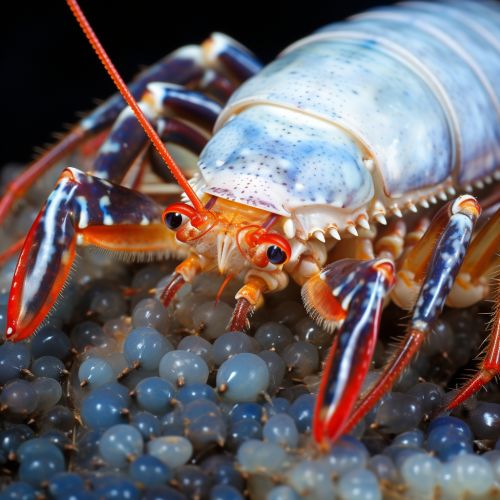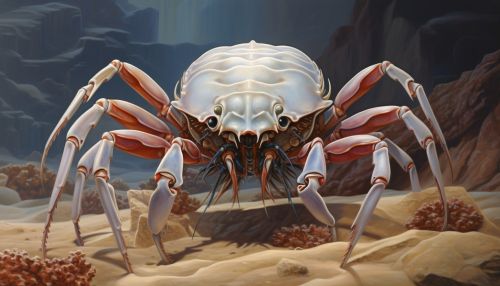Crustaceans
Overview
Crustaceans are a large, diverse group of arthropods that includes familiar animals such as crabs, lobsters, crayfish, shrimp, krill, woodlice, and barnacles. They are distinguished by their hard exoskeleton, which they must periodically molt to grow, and their unique body structure, which typically includes a segmented body, a pair of antennae, and appendages for feeding and locomotion.


Classification
Crustaceans belong to the phylum Arthropoda, which also includes insects, spiders, and millipedes. Within this phylum, they are classified in the subphylum Crustacea, which is further divided into various classes, orders, families, genera, and species. The most well-known and diverse groups of crustaceans are the decapods, which include crabs, lobsters, and shrimp, and the copepods, which are small, planktonic animals that play a crucial role in marine ecosystems.
Anatomy and Physiology
Crustaceans exhibit a wide range of body forms, but all share certain common features. Their bodies are typically divided into three sections: the head, thorax, and abdomen. The head and thorax are often fused together to form a cephalothorax, which is covered by a single, large carapace. The abdomen usually consists of several segments, each with a pair of appendages.
The appendages of crustaceans are highly versatile and can be adapted for a variety of functions, including feeding, locomotion, reproduction, and defense. For example, in decapods, the first pair of appendages are often developed into large, powerful claws, while in copepods, they are modified for swimming.
Crustaceans have a hard exoskeleton made of chitin, a type of carbohydrate, and calcium carbonate. This exoskeleton provides protection and support, but also limits growth. To grow, a crustacean must shed its old exoskeleton in a process called ecdysis, or molting, and form a new one.
Ecology and Life History
Crustaceans are found in a wide range of habitats, from the deep sea to freshwater lakes and rivers, and even on land. They play important roles in many ecosystems, serving as primary consumers that feed on algae and detritus, as predators of smaller animals, and as prey for larger animals.
Most crustaceans are free-living, but some are parasitic, living on or in the bodies of other animals. Some, like barnacles, are sessile, attaching themselves permanently to a substrate.
Crustaceans have diverse reproductive strategies. Most have separate sexes, but some are hermaphroditic. Many lay eggs, which may be carried by the female until they hatch, while others give birth to live young.
Economic Importance
Crustaceans are of significant economic importance to humans. Many species are harvested for food, with shrimp, crabs, and lobsters being particularly valuable. Some, like krill, are used as feed in aquaculture and for the production of omega-3 supplements. Others, like barnacles and certain isopods, are considered pests because they can damage man-made structures and harm fish populations.
Conservation
Many crustacean species are threatened by human activities, including overfishing, habitat destruction, and pollution. Conservation efforts for these species typically involve the establishment of protected areas, restrictions on fishing, and the development of sustainable aquaculture practices.
